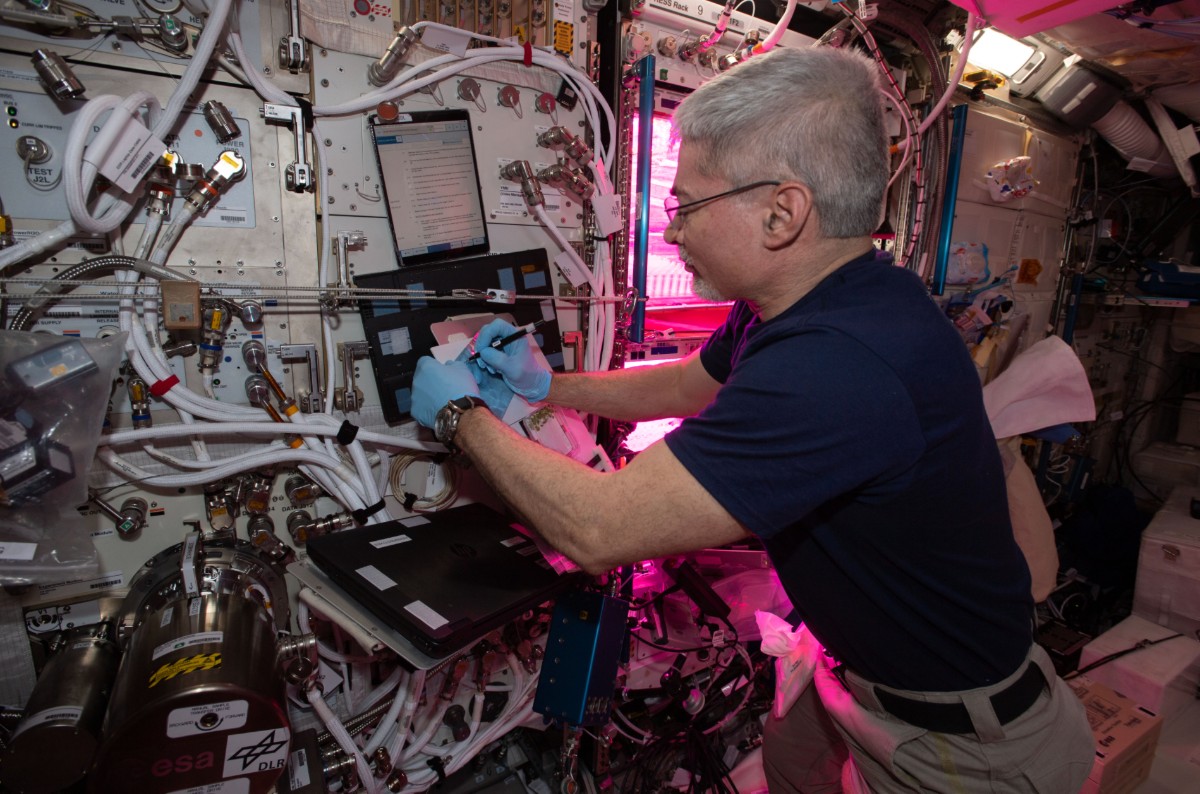What is Workplace Writing?
Workplace writing may refer to
- communication that accomplishes job-related tasks
- an academic discipline concerned with the study of writing in workplace contexts.
Synonyms
Workplace Writing may also be referred to as Business Writing, Professional Writing, Technical Writing, Writing for Engineers, Writing in the Health Sciences
Related Concepts: Community of Practice (Discourse Community); Persona; Professionalism; Rhetorical Reasoning; Rhetorical Stance; Professional Writing Prose Style; Styles of Writing; Tone; Voice
Why Does Workplace Writing Matter?
You may have heard of business writing, professional writing, and/or technical writing in the past. You may have even come across more specific classifications such as writing for engineers or writing in the health sciences. Each of these types of writing requires different subject matter expertise and invokes different norms around writing style, function, and ethical considerations. However, a significant aspect that ties these types of writing together is that their main goal is to accomplish tasks, and they are often associated with jobs or at least work.
Below I introduce workplace writing as an umbrella term that encompasses written and visual communication within sites of work—an activity that students across academic majors will need to accomplish in their careers.
As we move towards a definition of workplace writing, it’s important to understand the complications with existing terms. For instance, the term “business writing” has historically focused on training for business majors, and applies most readily to for-profit organizations, aiming for efficiency and pace setting around shared understandings of a business’ ethos, culture, and bottom line. Ethics and culture are usually focused around expanding profits, avoiding snafus (thus losing customers), and keeping clients’ interests in mind (thus avoiding lawsuits). “Professional writing” expands the site of business to nonprofit and government organizations that might have guiding values that are not consumer-driven but whose writing is similarly focused on praxis, or action. Racism and misogyny have, however, problematically commandeered the term “professional” to criticize and misrepresent non-normative behavior, profiling everything from hairstyles to clothing choices outside of the white American norm as “unprofessional,” and to enforce the idea that historically dominant white grammar is objectively superior to other forms of language and writing (see this article in Journal of Multimodal Rhetorics by Hull, Shelton, and Mckoy). Moreover, the traditional conceptualization of “professions” in western contexts is typically reserved for stuffy cubicles filled with people in business suits (just search for stock images of “professional”), but that’s not the only type of workplace where successful writing happens. Food trucks, construction sites, and mommy blogs are all sites of workplace writing.
To begin to free skillful writing from the binds of this normative stance, and to expand the understanding of professions beyond white collar office settings, we use the term “workplace writing” here. The truth is that most institutions are workplaces that employ individuals who must communicate in order to manage and complete tasks, and this field is far more nuanced and important than a set of standard grammar rules. In fact, the field of workplace writing centers around problem solving and decision making, issues that invoke theories of deliberation, consensus building, persuasion, and argumentation, to name a few. It can also require (and even lead to) familiarity with and knowledge of business and project management skills, organizational culture, and technical areas like engineering, education, or healthcare. All workplace writers need a baseline understanding of collaborative writing as well as key principles of the rhetorical situation, including audience, medium, exigency, and purpose, which are outlined in the “rhetoric” section of Writing Commons.
This article covers some preliminary considerations of workplace writing as both an academic discipline and as a practice. The remainder of this article will review historical and theoretical foundations of workplace documentation, briefly discuss the role of coordination and collaboration in professional writing, and outline some typical workplace writing genres in the United States.
History of Workplace Writing
Workplace writing has a long history. Technical communication, a close neighbor of workplace writing, emerged as a core social component of Renaissance and technological development (Connors, O’Hara; see Bernadette Longo’s Spurious Coin for more on the history of technical communication). Writers of technical and non-fiction information balance humanistic concerns of representation, access, language, and user-centered design with post-modern expectations around clarity, correctness, and effectiveness. Although workplace writing began to gain in popularity as a formal research subject in the 1980s, the practice itself is not new. Written and other forms of communication have been happening in organizations and at worksites for as long as organized groups of people have existed, and long before the field was the formalized and studied practice that we now call “workplace” or “professional writing.”
Premises of Workplace Writing
A fundamental premise of workplace writing is that it is always both social and technical. Technical communication is often referred to in shorthand as “communication to get stuff done.” This aspect of technical writing overlaps with workplace writing in its focus on action. While workplace writing most often focuses on collaboration and argumentation aimed at managing the administration and decision-making within institutions, technical writing focuses on usability and clarity for managing technologies and understanding technical or scientific information. You might think about “technical writing” as a sub-discipline of “workplace writing” that focuses on engineering, scientific, and technology-focused information-sharing tasks within academic, industry, and non-profit organizations, while workplace writing expands that work to non-technical subjects, such as issues of persuasion, collaboration, and correspondence. While there are overlaps with business and science writing, workplace writing is the larger umbrella field, and it often provides students with rhetorical and theoretical foundations and practice with principles of communication as a problem-solving and decision-making practice that help prepare them for a variety of workplaces and for future focus on more field-specific writing norms.
Coordination and Collaboration in Workplace Writing
Coordination and collaboration are terms that are particularly central to workplace writing. Below, I define each of these terms as they relate to workplace writing:
- Coordination means organizing multiple people or processes involved in written communication. Coordinating people might involve holding meetings about what needs to be included in a document or web site, and coordinating processes might be creating a document management system that ensures that everyone is working from the same, most up-to-date draft, or it might mean creating templates and deadlines so that everyone is submitting their part with enough time to put it all together. Coordinating people well often requires special attention to power dynamics to ensure that everyone’s ideas are heard and considered by the group. Coordination in workplace writing settings can also refer to ensuring functional organization and consistency between different sections of a complex document.
- Collaboration means working together to accomplish a task. While coordination usually relies on one person who is in charge to bring together different elements, collaboration is a more horizontal, or equal, practice. Instead of having one person lead, all involved parties are contributing their parts to achieve a common goal. Collaborating on workplace documents will usually result in multiple authors who have written different sections or played different major roles in the development of content.
- Consensus is an agreement between multiple people. People might disagree on ideas or plans (for instance, one person might think that a company needs a social media campaign for new customers and another thinks that sending hand-written letters is a better approach). In order to move forward, they will need to reach consensus, which might rely on power dynamics (e.g. a boss might make “an executive decision), a majority vote among the company, or a compromise. Consensus is the agreement on how to proceed.
Coordination, collaboration, and consensus building can be very difficult when you’re working on documents that include multiple authors and that go on to represent an entire organization. For that reason, workplace writing classes often include lessons on project management and practice through group projects. This is different from other writing classes like first-year composition, where peer review is an important process but serves as a site of your own negotiation with others’ feedback about how to improve your own (rather than joint) paper. While academic writing is often completed and evaluated individually based on the traditional concept that students need to demonstrate understanding of key concepts on their own in order to advance, the very goal of workplace writing is to speak as a single entity that is almost always made up of multiple individuals.
For instance, if you write a critical analysis essay on a timed exam for a literature class, the teacher is likely testing to see if you understood key themes in a book or set of books and how well you can analyze a text. The teacher is testing your skills and your knowledge of the content, and your success will be measured according to how well you, as an individual, perform. On the other hand, if you are working for a non-profit organization that receives funding from the federal government, you might be asked to write an annual report to the funder. The annual report might need to include information about progress that the organization has made in the past year, major accomplishments or milestones, unforeseen circumstances, plans for the upcoming year, and budget information. In this case, you might write some of the content, but you would need to consult other people at the organization who manage program milestones and others who work on the financials. You might be listed as the lead author of the annual report, but the document represents the entire organization and includes content and input from the people who work with you.
In this way, you can start to see how foundational team writing and collaborative work is to workplace writing. In fact, people who study workplace writing have developed a number of theories that are based in rhetoric around how people deliberate and build consensus. Theory is an important aspect of the field of professional, workplace, and technical writing because it provides frameworks for understanding complex writing situations. In fact, coordination, collaboration, and consensus are concepts that should be invoked in determining audience and purpose for external-facing deliverables. Core arguments in policy documents or marketing material should be aligned to the overall organization’s purpose, even if they are written by a single person or a small subset of the organization’s members.
For internal writing, or writing between members of the same organization, audience and purpose will determine tone and style based, in large part, on power dynamics. In many American workplaces, power is distributed hierarchically, so when someone is writing to a superior, they might match communication styles of senior members of the organization, often even writing more formally in regular correspondence than they usually would because of fear of not being taken seriously or even fired by using the same tone they would use among peers at the same level of employment and pay scale. Students of workplace writing should learn to analyze and navigate the role of power within institutions when they learn to conduct audience analyses.
Common Workplace Genres
Elsewhere in Writing Commons, genre is referred to as “a way of naming and classifying texts.” There are several genres that span office workplaces, including:
- Procedural documents, such as instructions, processes, and procedures
- Correspondence such, as email, chats, texts, and letters
- Strategy documents, such as memos, white papers, briefers, and talking points
- Promotional documents, such as social media posts and newsletters
Procedural Documents:
These documents help workplaces function. Often internal, procedural documents aim to make organizations consistent, accountable, and efficient. Process documents might detail how employees are onboarded, how they access key personal and company information such as pay stubs or telephone directories, what to do in the event of emergencies or special events, or how to name and store files that are required for audits and paper trails, among other functions. These documents require consistency in design elements and should be centered in concepts of usability and accessibility so that all members of the organization have fair access to key information. They are usually void of character and heavy branding in favor of function.
Correspondence:
As workplaces rely more and more on remote and online environments, tools for regular communication have become increasingly written. Google and Microsoft Teams chatting have largely replaced water cooler and lunchroom conversations. Students of workplace writing should learn to embrace these tools but should be aware of their impacts on privacy and on productivity. More organizations, particularly those that are taxpayer funded, have policies that deem all chats, emails, and video conference recordings are the property of the state or federal government. Thus, they can be accessed when requested by members of the public or be the subject of scrutiny during legal battles or administrative audits. In addition, constant access to remote platforms requires attention to time management.
Strategy Documents:
Documentation is key in codifying and thus cementing, representing, and amplifying organizational strategies and culture. These documents are almost always the result of many rounds of edits and iterations and are often reviewed by members from across an organization’s network before they are approved. The iterative process is similar to classroom-based peer review, in which one lead author is the “drafter,” responsible for developing the original content and implementing edits, only the degree to which they can reject suggested changes is often a power negotiation that must examine the implications of rejecting changes from high-level authorities who may have more access to information about the topic and the audience than the drafter. Strategy documents may be internal- or external-facing, and they often focus on overarching policies and stances. Talking points in particular, which are used to guide organization members who are speaking to the public about a given topic, will be organized with the “bottom line up front,” or BLUF, and provide supporting content that may be background information or specific action steps, after articulating the main stance.
An organizational style guide is a specific strategy document that is focused explicitly on communication through branding, marking, and messaging. This document is usually managed by a communications or public relations team, and it is critical to all external messaging. It can also be a helpful starting point for understanding organizational values and cultures and for organizations themselves to define and articulate their intended values.
Promotional Documents:
Promotional documentation in contemporary western workplaces is generally managed by a communications lead or team. This document type includes social media toolkits, which might include timed posts with text and images to use across different popular platforms, or it may include traditional letter writing and newsletters for potential donors, customers, and other stakeholders who have a vested interest in organizational events and updates. While there is a lot of overlap between marketing and communications teams, it’s important for workplace writing students to understand that, particularly in small organizations, they might place a key role in developing these external public affairs and marketing materials, which rely on understanding commercial design principles and research on intended audiences.
Conclusion
The term workplace writing houses a complex mix of technical, informative, and persuasive deliverables that are bound by rhetorical and coordinating practices. Depending on the context, workplace writing might follow strict rules and be at the mercy of traditional power structures that dictate workplace practices. In other contexts, writing might be an opening for shifting organizational ethos and culture. Students across all disciplines should understand how to analyze a workplace to understand which specific genres are most often employed and how those are structured, as well as how members work together to resolve conflicting ideas about audience and purpose, develop aligned messages, and coordinate and collaborate in content creation and design. To conduct this sort of analysis, you need to engage in rhetorical analysis and rhetorical reasoning.






















